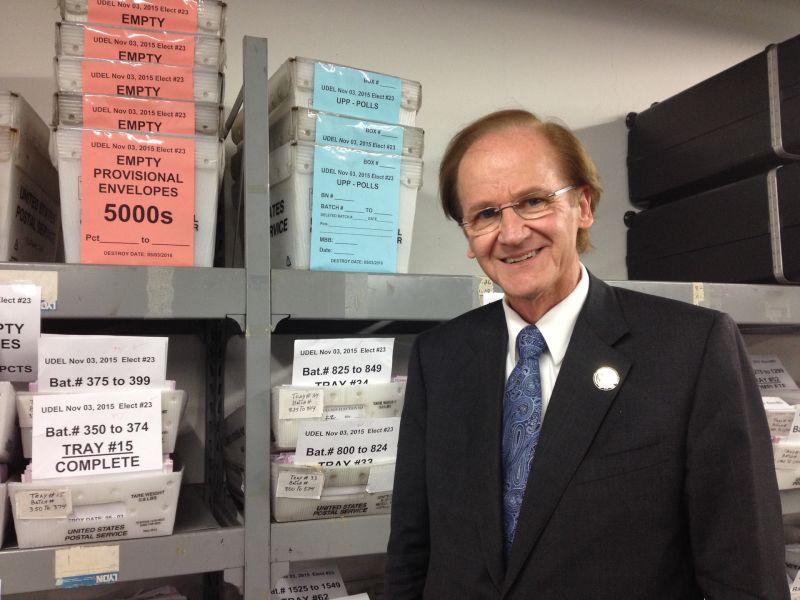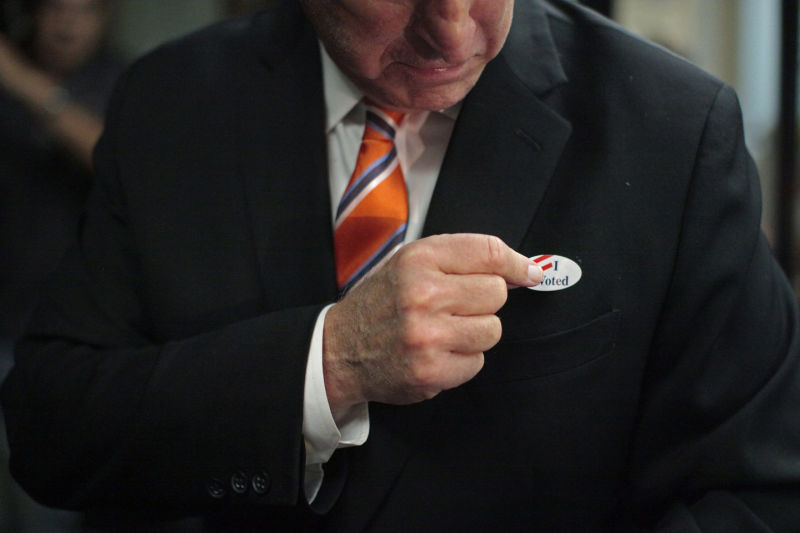With ballots still being tallied, San Mateo County’s elections chief says one of the state’s first all-mail elections is proving a success on several scores, starting with turnout.
The last time San Mateo County held a similar election, in 2013, turnout was 25.4 percent. This year, it’s well over 28 percent, according to Chief Elections Officer Mark Church. He adds that all-mail elections are also cheaper, because of everything the registrar doesn't have to do.
"In a traditional election, we recruit and train some 1,700 poll workers," Church explains. "We test and deploy some 1,400 voting machines, and we secure some 209 polling places. And most of those costs are eliminated for this program. We don't know the exact savings of this program, but we do know there will be a significant savings."
Ballots were sent to more than 357,000 registered voters. According to the county's elections website, 75,225 ballots were cast, the vast majority sent in by mail rather than dropped off at local City Halls or cast at polling stations set up for in-person voting. More ballots are being counted as this article posts, because ballots postmarked by Election Day that come in up to three days later are still considered valid. The county will issue updates on Nov. 9 and again on Nov. 12.
Watch Mark Church explain the fascinating and laborious process of tallying the vote.

